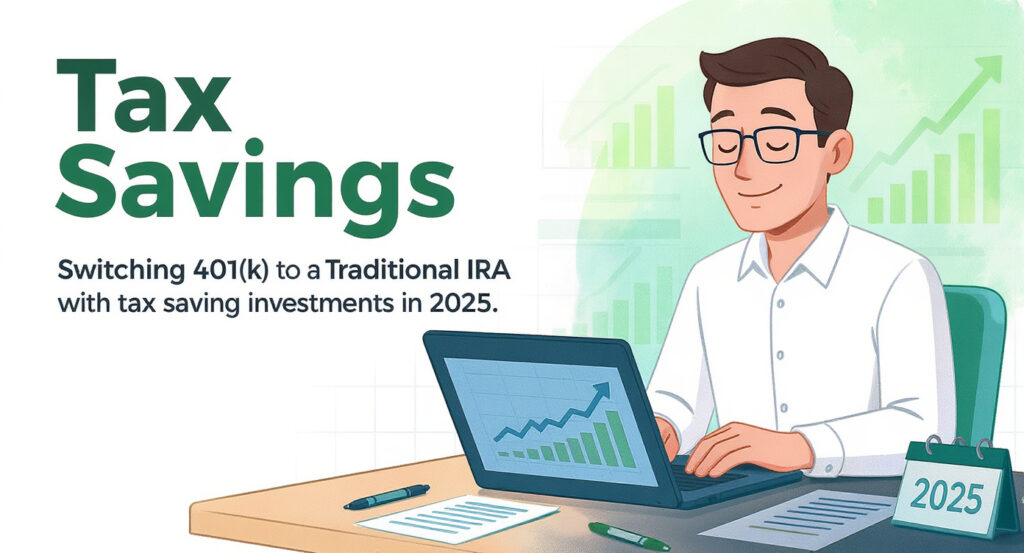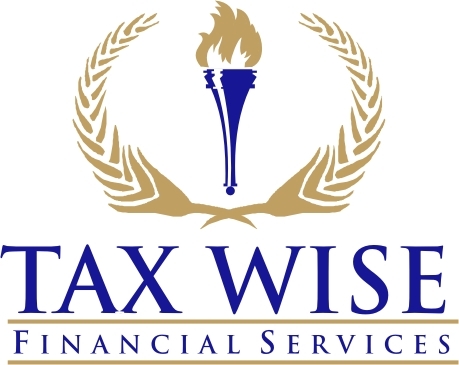
Introduction
Many people wonder if they are making the most of their retirement savings. One of the biggest questions that comes up is whether rolling over a 401(k) into a traditional IRA could lead to better tax savings. This choice can be even more powerful when paired with smart tax saving investments. In this article, we’ll break down how this process works, why it matters, and how you could benefit in 2025.
What is a 401(k)?
A 401(k) is a retirement savings plan offered by employers. Workers can set aside money from their paychecks before taxes are taken out. Over time, the money grows through investments like stocks, bonds, or mutual funds. Employers often match a portion of employee contributions, which makes the 401(k) a strong retirement tool.
The catch is that a 401(k) comes with rules. The investment options are often limited to what the employer’s plan offers. Also, if you leave your job, your 401(k) can stay behind, making it harder to manage all of your retirement money in one place. This is where switching to a traditional IRA can help.
What is a Traditional IRA?
A traditional IRA is an Individual Retirement Account that you set up on your own, outside of an employer. Like a 401(k), you contribute pre-tax dollars and your money grows tax-deferred until you withdraw it in retirement. The key advantage of an IRA is flexibility. You can choose from a wider range of investments, giving you more control over your financial future.
When you roll over a 401(k) to a traditional IRA, you are not taking a distribution that would cause taxes and penalties. Instead, you’re moving money from one retirement account to another, keeping the tax benefits intact. This move opens the door to using more targeted tax saving investments.
Can Rolling Over a 401(k) to a Traditional IRA Improve Tax Savings When Paired with Tax Saving Investments?
Yes, it can. The main reason is that a traditional IRA often offers lower fees, more choices, and the ability to select investments that are designed to reduce taxes over time.
For example, by rolling your 401(k) into an IRA, you can:
- Access More Investments: You can choose options like tax-efficient mutual funds, exchange-traded funds (ETFs), or municipal bonds. These are all considered tax saving investments because they reduce how much of your growth gets taxed.
- Lower Account Fees: Many employer 401(k) plans charge higher management fees. Traditional IRAs often allow you to pick lower-cost funds, which means more of your money stays invested and growing.
- Strategic Withdrawals: In retirement, you’ll have more control over when and how you take withdrawals. This flexibility can lead to lower taxes if you plan carefully.
Together, these benefits can increase your overall tax savings in both the short and long term.
Key Benefits of Switching in 2025
1. More Flexibility
In 2025, financial markets are expected to remain dynamic. Having a broader range of investment choices in an IRA can help you adjust your strategy quickly. This flexibility can be especially valuable when looking for tax saving investments that fit your goals.
2. Better Tax Planning Opportunities
By rolling your money into a traditional IRA, you can align your investments with your tax strategy. For example, you might choose assets that generate less taxable income or spread withdrawals over several years to reduce your yearly tax bill.
3. Potentially Lower Costs
As financial technology advances, IRA providers are offering even lower fees. Lower fees mean your savings grow faster, and over many years, this can lead to much larger retirement balances. Bigger balances, combined with smarter tax saving investments, equal bigger tax savings.
Things to Watch Out For
While the benefits are clear, it’s also important to be aware of potential drawbacks:
- Early Withdrawal Rules: Just like with a 401(k), taking money out of an IRA before age 59 ½ usually leads to taxes and penalties.
- Rollover Mistakes: If you withdraw funds from your 401(k) and fail to deposit them into an IRA within 60 days, the IRS treats it as income. This mistake can erase your tax savings. Always use a direct rollover whenever possible.
- Required Minimum Distributions (RMDs): At age 73, you must begin taking required withdrawals from your traditional IRA, even if you don’t need the money. Careful planning can reduce the tax impact.
Steps to Make the Switch
- Review Your Current 401(k): Look at your fees, investment options, and performance.
- Compare IRA Providers: Research different companies to find low-cost options with strong investment choices.
- Request a Direct Rollover: Contact your 401(k) provider and ask for a direct rollover into your chosen IRA. This keeps your money tax-protected.
- Select Tax Saving Investments: Work with a financial advisor or do your own research to find investments that match your goals and reduce taxes.
Real-World Example
Imagine Sarah, a 45-year-old worker, who has $250,000 in her old 401(k). The plan charges her 1% in annual fees and limits her to 10 mutual funds. She rolls the money into a traditional IRA with only 0.25% fees and dozens of investment options.
Sarah chooses a mix of ETFs and municipal bonds, both of which are considered tax saving investments. Over 20 years, her money grows significantly more, and because her investments are more tax-efficient, she saves thousands in taxes.
This example shows how rolling over a 401(k) into an IRA, combined with smart choices, can lead to major tax savings.
Conclusion
Switching from a 401(k) to a traditional IRA can give you more control, lower fees, and better investment options. When you add in carefully chosen tax saving investments, you can boost your overall tax savings and strengthen your retirement plan.
In 2025, with markets changing and new financial tools available, making the move could be one of the smartest decisions for your future. Always take time to research, compare providers, and plan withdrawals wisely. With the right strategy, your retirement savings can work harder for you, while also keeping more money in your pocket.


